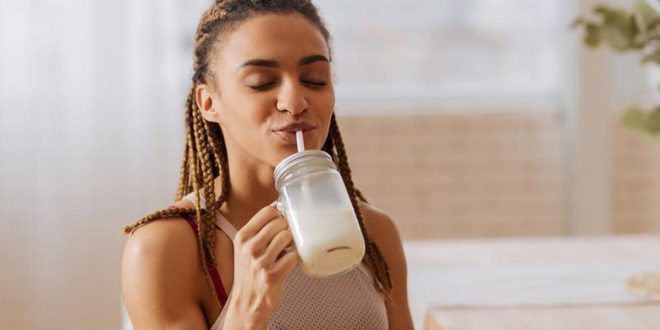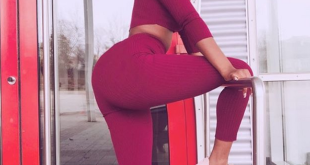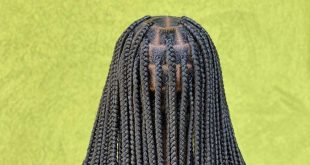
Protein is one of the three major macronutrients (the others being carbohydrates and fat). Macronutrients are the chemical compounds that humans consume the most and that provide the majority of our energy. Proteins are the most common molecules found in cells and are made up of amino acids.
We’ve all probably been told as a child to eat protein to grow tall. While this is not entirely correct, protein is required for the formation of bones and other body tissues such as muscles, but protein does much more than that.
The majority of the amino acids we require to stay healthy are produced by our bodies, but there are nine amino acids that we can’t produce and must obtain through diet. The nine amino acids that our bodies cannot produce are known as essential amino acids, and they are required for survival.
Protein and carbohydrates have the same energy density. However, proteins are not stored in the same way that carbohydrates and fats are. This means that you must consume protein daily.
The amount of protein you require is influenced by your age, gender, body weight, activity level, health conditions, and a variety of other factors. There are numerous methods for determining how much protein one needs daily.
You can calculate your daily protein intake by multiplying your weight in pounds by 0.36 or by using an online protein calculator. However, if you are an athlete, bodybuilder, strength trainer, or engage in a variety of daily activities, you may require more protein than the average recommendation.
Aside from the things mentioned above, women require protein for a variety of reasons. Everyone, from babies to teenagers, men, and women, needs enough protein.
Women, on the other hand, are more likely than men to consume less than the recommended amount because there is an assumption that eating an adequate amount of protein will bulk them up like a heavy lifters.
The following are three of the most essential things protein does in women’s bodies:
1) Lean muscle mass
Protein in women’s diet builds lean muscle, which gives women the bodies they desire; slender, tight, and lean. Studies have shown that eating enough protein increases muscle mass and also aids in the preservation of muscle mass and the prevention of age-related muscle loss.
If you’re trying to lose weight, you should also increase your protein intake. Protein supplementation has been shown to help prevent lean muscle loss when losing weight.
2) Improved Hair, Nails, and Skin
Keratin is a structural protein that is responsible for the formation of our hair, nails, and skin and is best obtained naturally. Keratin is made of protein, which is why eating protein is good for your hair, nails, and skin. Rather than buying products to improve these body parts, start from within and eat adequate protein!
3) Improved reproductive health
As much as protein does a lot for the body generally, it is important to consider the sources and the effects of other nutrients that may be consumed with it.
Studies have shown that a higher intake of animal protein, as well as a higher total protein intake, was linked to an increased risk of ovulatory infertility. In fact, eating one serving of meat per day increased the risk of ovulatory infertility by 32%.
Red meat, turkey, and chicken were all linked to an increased risk of ovulatory infertility. Researchers discovered that substituting 25 grams of plant protein for 25 grams of animal protein was associated with a 50% lower risk of ovulatory infertility.
Another study found that eating fish was associated with increased early embryo formation, whereas eating red meat was associated with decreased early embryo formation.
Pregnant women and those trying to conceive should consume fish and plant proteins like lentils, chickpeas, Guava, and beans instead of traditional animal proteins like chicken, turkey, and red meat!
 Top Naija News: Nigerian News, Breaking News Nigeria and World News Top Naija News is a daily news publication in Nigeria, delivering the latest breaking news in Nigeria and around the world.
Top Naija News: Nigerian News, Breaking News Nigeria and World News Top Naija News is a daily news publication in Nigeria, delivering the latest breaking news in Nigeria and around the world.




